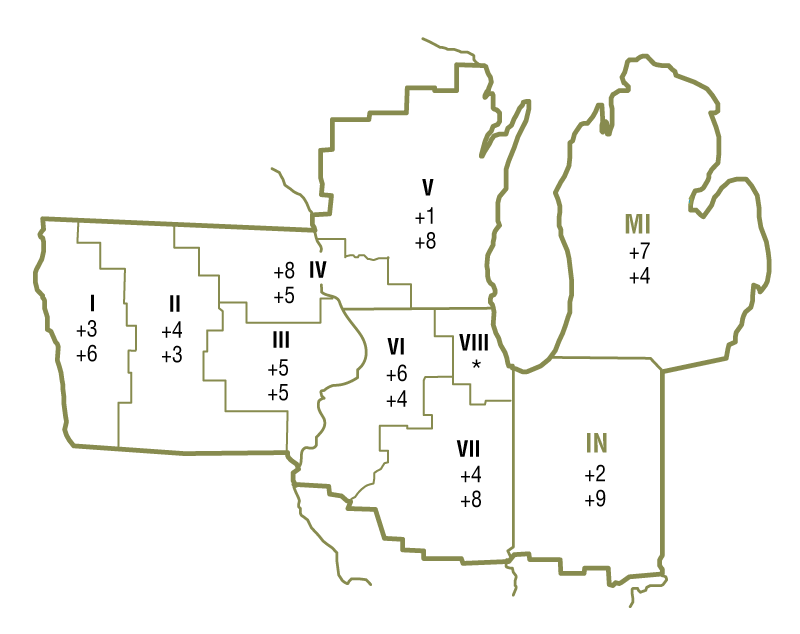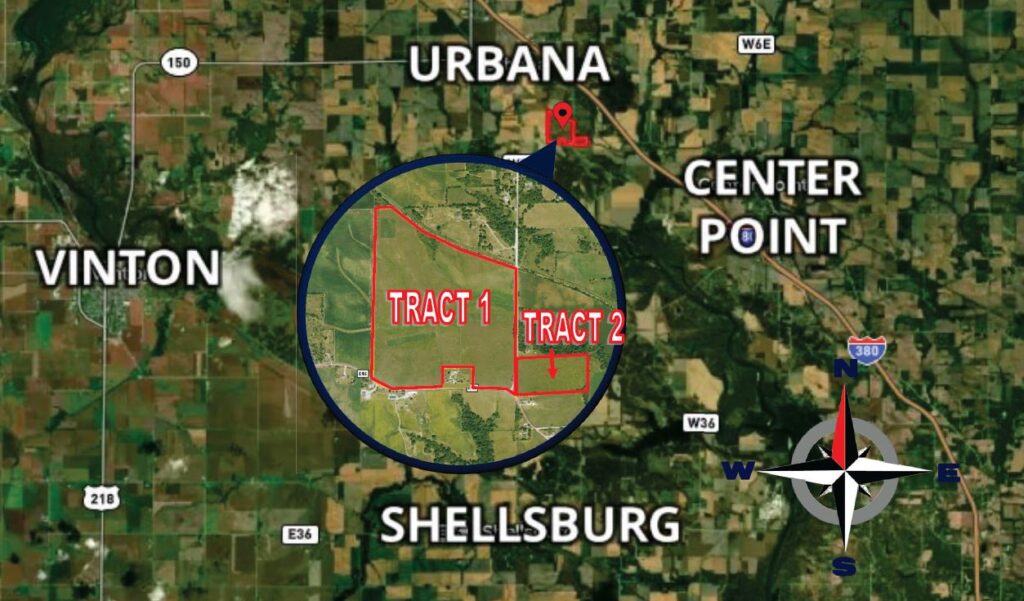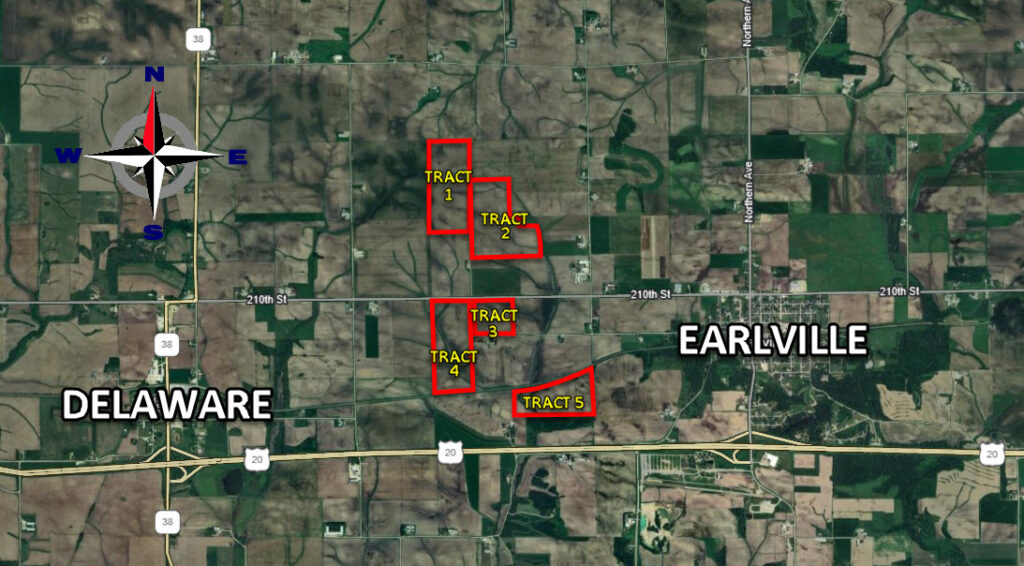
Midwest farmland values increased 6 percent in 2020 – the largest gain since 2012 according to the Chicago Federal Reserve. The value of farmland classified as “good” increased by 4 percent in the 4th quarter alone. Iowa farmland reflected these gains and expectations are that this trend will continue. We can identify specific causes and developments to watch for in 2021.
CAUSES
Credit Conditions
According to the Chicago Fed, average interest rates on farm real estate loans had decreased by the end of 2020 to all-time lows. While interest rates moved down, the vast majority of banks did not change their credit standards for farm loans. Average loan-to-deposit ratio is down from its 2019 peak and was 9.3 percentage points below the average level desired by bankers. Credit is readily available.
Crop Revenue
Farmland values were boosted by 2020 rebound in total revenues from corn and soybean production.
- Corn yield per acre was down 0.5 percent from 2019, chiefly because of Iowa’s lower corn output.
- Soybean yield was up 5.7 percent from 2019.
- Harvested acres for both crops were 6 percent higher than in 2019, so corn and soybean production increased 5.2 percent and 12 percent, respectively, in 2020.
- U.S. crop stocks were drawn down to fulfill demand in 2020 as exports picked up.
- The USDA projected prices for the 2020–21 crop year to be up 18 percent for corn and 30 percent for soybeans.
Taken together this means estimated revenues from the 2020 harvest will be up 24 percent for corn and 46 percent for soybeans relative to 2019.
Coronavirus Food Assistance Program
The federal Coronavirus Food Assistance Program (CFAP) dispersed $5.65 billion to farm operations in the five District states of the Chicago Fed. As of October 25, Iowa had received $777 million in CFAP payments – 13.75% of CFAP payments made nationwide and the highest of any state. The American Farm Bureau projects that federal support made up 36 percent of 2020 net farm income.
Farmland Supply
The number of acres coming onto the market has dropped precipitously as farm balance sheets strengthen and prices rise. Jim Rothermich; Iowa Appraisal & Research Corporation says the acres of Iowa land offered at auction in 2020 was down 7.45% from 2019 and over 9% from 2018.
WHAT WE’RE WATCHING
Commodity Prices
Will commodity prices hold at current levels or increase even further? Rising oil prices make ethanol more economical, even with high corn prices. Global inventory levels are very low and usage has been stable or increasing. South American production will soon be complete, providing more visibility on global supply. A short US crop could fuel higher grain prices.
Interest Rates
The Federal Reserve has stated repeatedly its intention to maintain key rates at very low levels. This will be supportive of fixed asset values, including farmland.
Sales Volume
Farmland value is a classic example of supply and demand. Supply has been constrained by high relative farm income and low interest rates, which have strengthened balance sheets. Farmland owners that otherwise might have been financially motivated to sell can now hold for higher prices. Buyers are motivated to bid up prices for a scarce commodity. At some price point, sellers should be motivated to put farmland on the market.
Government Policy Under New Administration
The Biden administration has sent strong signals to the market to expect change.
Climate Change/Infrastructure
- An increase in the Crop Reserve Program (CRP) would idle major acreage in the face of increasing global demand
- Support for renewable energy and carbon sequestration provide expanded market opportunities for farmland owners and operators
- Infrastructure spending could enhance ability to get products to market.
Tax Policy
- Changes in both corporate and individual tax rates will affect profitability and availability of investment capital
- Efforts to roll back tax breaks affecting fixed asset holders including capital gains rates, basis step-ups, estate tax exemptions, and 1031 Exchanges will be examined as sources of revenue to pay for other programs
The market for farmland has been driven higher by several factors, some traditional and some unforeseen. There are new variables coming into play that will determine how farmland values establish a new equilibrium level. The stakes are high.

Maurie Cashman
Aspen Grove Investments
cashman@aspengroveinvestments.com

 Residential Real Estate
Residential Real Estate
